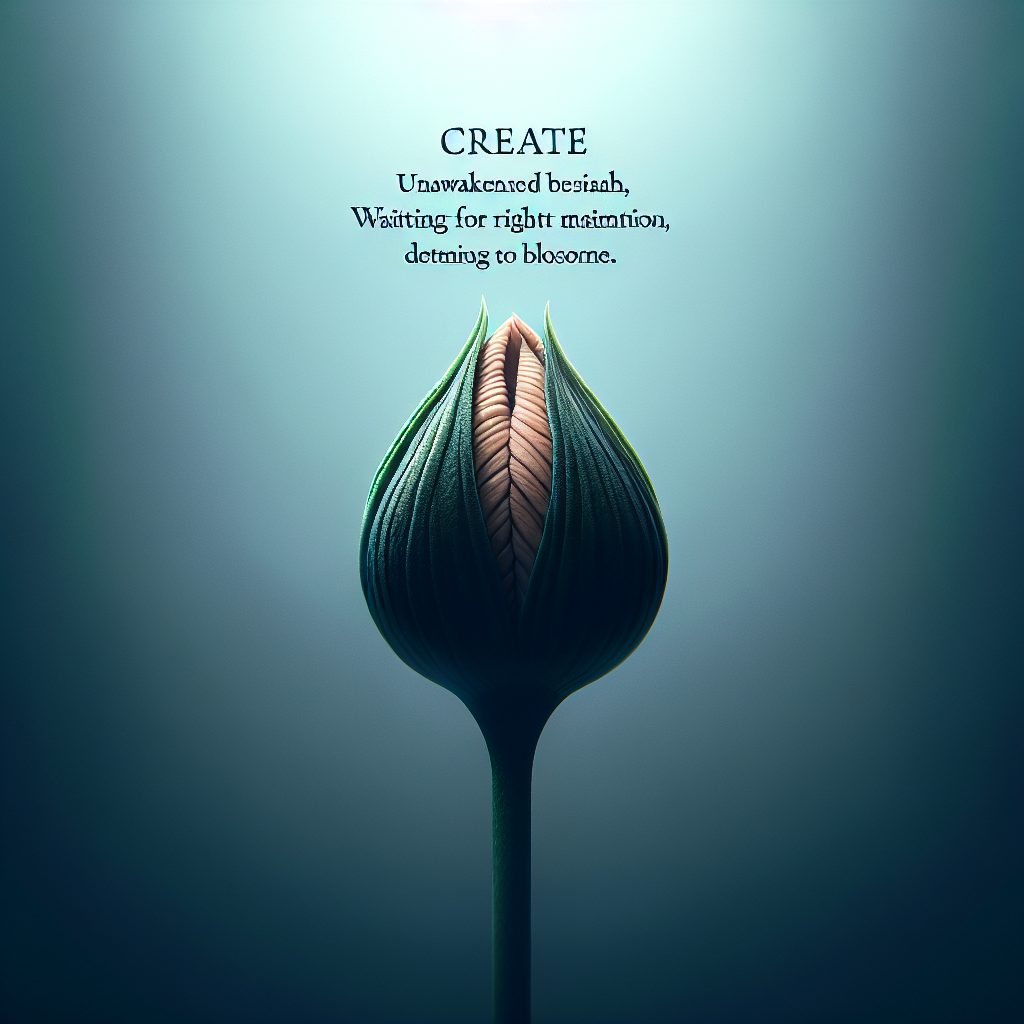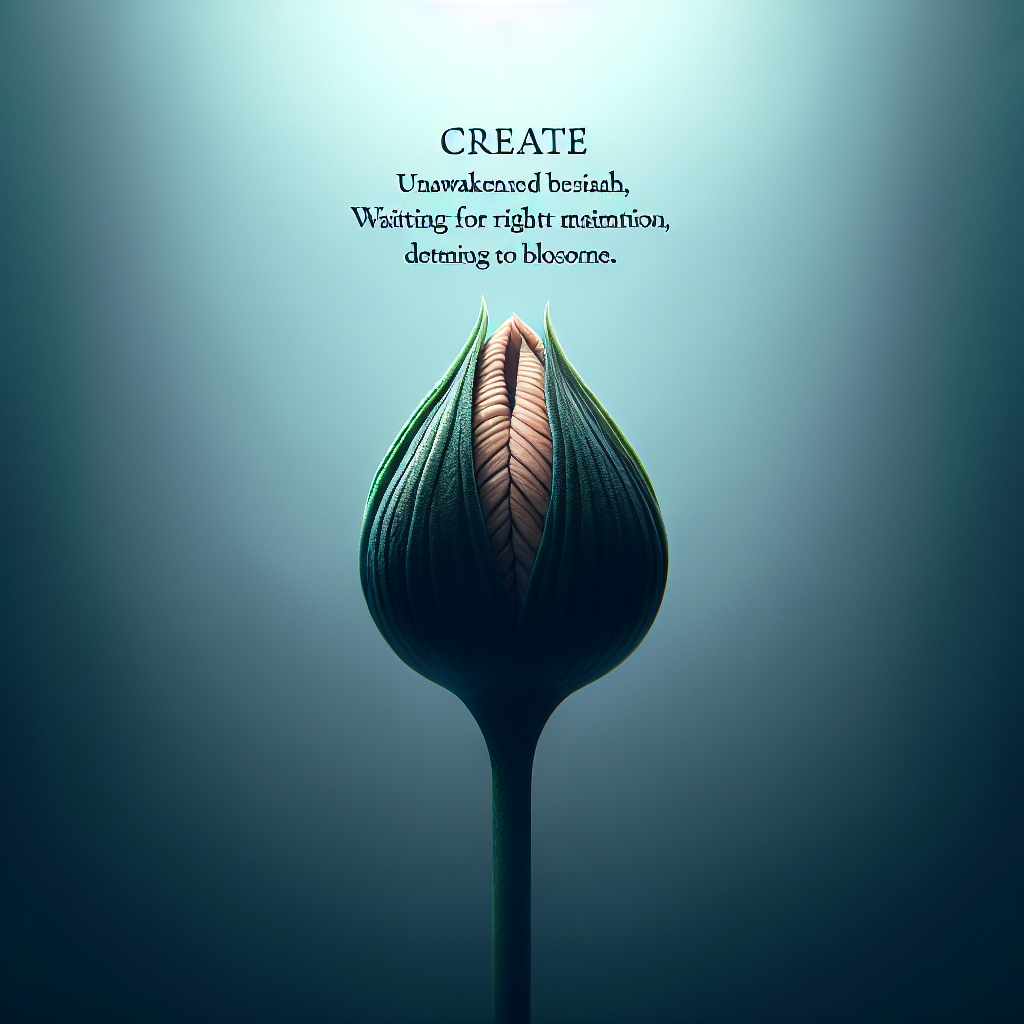Imagine a world where understanding the sexual desires of women was simple and straightforward. While it may seem like a complex and elusive topic, exploring the intricacies of a woman’s sexual desires holds the key to creating harmonious and fulfilling connections. In this article, we will uncover the hidden depths of what truly drives a woman’s desires, shedding light on the many factors that contribute to her passionate yearnings. So, join us on this enticing journey and unlock the secrets behind a woman’s sexual desires.
Understanding Female Sexual Desire
Definition of Sexual Desire
Sexual desire refers to the natural and instinctual drive or urge for sexual activity. It encompasses both physical and psychological aspects, and plays a crucial role in the overall sexual satisfaction and well-being of an individual. Understanding and exploring female sexual desires is essential for creating fulfilling and satisfying intimate relationships.
Importance of Exploring Female Sexual Desires
Exploring female sexual desires is vital for promoting healthy and satisfying sexual experiences. By understanding and honoring these desires, individuals can enhance their sexual relationships and overall well-being. It allows for increased intimacy, communication, and pleasure, fostering a deeper sense of connection between partners. By prioritizing female sexual desires, individuals can ensure that both partners are equally satisfied and enjoy a fulfilling sexual relationship.
Factors Influencing Female Sexual Desires
Biological Factors
Biological factors play a significant role in shaping female sexual desires. Hormonal fluctuations throughout the menstrual cycle can impact sexual desire, with increased levels of estrogen leading to heightened arousal. Additionally, health conditions, such as hormonal imbalances, menopause, or the use of certain medications, can affect sexual desire in women.
Psychological Factors
Psychological factors, including emotions and thoughts, greatly influence female sexual desires. Stress, anxiety, depression, and body image issues can all impact a woman’s sexual desire. Psychological well-being, self-confidence, and positive body image are essential for cultivating healthy sexual desires in women.
Sociocultural Factors
Sociocultural factors, such as societal norms, values, and cultural beliefs, can shape and influence female sexual desires. Societal expectations, double standards, and cultural stereotypes can create pressure or shame around expressing and exploring sexual desires. It is important to challenge these norms and create an environment of acceptance and open-mindedness.
Relationship Factors
The quality and dynamics of a relationship can significantly impact female sexual desires. Emotional connection, communication, trust, and intimacy play crucial roles in supporting and nurturing healthy sexual desires. A supportive and understanding partner who actively engages in meeting the needs and desires of their female partner contributes to a fulfilling sexual relationship.
Life Stage Factors
Different life stages can also influence female sexual desires. Factors such as pregnancy, postpartum recovery, menopause, and aging can bring about changes in sexual desire. Understanding and adapting to these changes is crucial for maintaining a satisfying and healthy sexual relationship.

Common Sexual Desires in Women
Emotional Connection and Intimacy
For many women, an emotional connection and intimacy are essential components of sexual desire. Feeling loved, appreciated, and emotionally connected to their partner enhances their desire for physical intimacy. Engaging in activities that foster emotional intimacy, such as open communication, spending quality time together, and showing affection, can help fulfill this desire.
Variety and Novelty
Women may desire variety and novelty in their sexual experiences. Exploring new positions, trying different locations, introducing sex toys, or engaging in role-playing can add an element of excitement and novelty to the sexual relationship.
Foreplay and Stimulation
Foreplay, including sensual touch, kissing, and oral sex, plays a crucial role in female sexual desire. Women often appreciate extended periods of foreplay to build anticipation and arousal before engaging in intercourse. Focusing on pleasurable sensations and erogenous zones can enhance sexual desire.
Oral and Manual Stimulation
Many women find oral and manual stimulation to be highly pleasurable and conducive to sexual desire. Experimenting with different techniques and communicating preferences can further enhance sexual experiences.
Clitoral Stimulation
The clitoris is a highly sensitive erogenous zone for most women. Stimulating the clitoris through oral sex, manual stimulation, or the use of sex toys can intensify sexual desire and lead to more pleasurable experiences.
Vaginal Stimulation
Alongside clitoral stimulation, vaginal stimulation is also important for many women’s sexual desires. The sensation of fullness and pleasure obtained from vaginal penetration contributes to sexual satisfaction and desire.
Breast and Nipple Stimulation
Breast and nipple stimulation can also be significant in female sexual desire. Gentle caressing, kissing, or using various degrees of stimulation can elicit pleasurable sensations and enhance desire.
Role-Playing and Fantasy
Engaging in role-playing scenarios and exploring sexual fantasies can be exciting for women. Role-playing allows individuals to step outside their comfort zones, express different aspects of their sexuality, and ignite their sexual desires.
Bondage and BDSM
Some women find pleasure and arousal in exploring bondage and BDSM (Bondage, Discipline, Dominance, Submission, Sadism, and Masochism) practices. Establishing clear boundaries and engaging in open and honest communication is essential for the consensual exploration of these desires.
Exploration of Power and Dominance
Exploring power dynamics, such as dominant/submissive roles, can be an integral part of female sexual desire. Open communication, trust, and understanding are crucial in creating a safe and consensual space for exploring power dynamics.
Challenges in Understanding and Expressing Sexual Desires
Societal Expectations and Double Standards
Societal expectations and double standards can create challenges in understanding and expressing female sexual desires. Women often face judgment or stigma for openly expressing their desires, which can lead to feelings of shame or repression.
Fear of Judgment and Rejection
The fear of being judged or rejected by a partner or society often hinders women from openly expressing their sexual desires. It is vital to create an environment of acceptance and understanding, where individuals feel safe and empowered to communicate their desires.
Lack of Communication and Education
Many women lack proper communication skills to express their sexual desires effectively. Furthermore, limited sexual education often leaves individuals unaware of their own desires and how to communicate them to their partner.
Past Trauma and Emotional Blocks
Past trauma and emotional blocks can impact a woman’s ability to understand and express her sexual desires. It is essential to provide a safe and supportive environment to process and heal from past traumas, enabling healthy exploration of desires.
Mismatched Desires within Partner Relationships
Differences in sexual desires between partners can create challenges within a relationship. Open and honest communication, active listening, and a willingness to compromise are important for navigating these situations and finding a balance that satisfies both partners.

Navigating and Honoring Female Sexual Desires
Self-Exploration and Awareness
Encouraging self-exploration and awareness is crucial for understanding and honoring female sexual desires. By taking the time to explore one’s own body, desires, and preferences, women can gain a better understanding of their own sexual needs.
Open and Honest Communication
Open and honest communication is the foundation for nurturing and honoring female sexual desires. Creating a safe and non-judgmental space for open dialogue allows partners to express their desires, concerns, and boundaries openly.
Building Trust and Intimacy
Building trust and intimacy within a relationship is essential for supporting and honoring female sexual desires. Trust allows individuals to feel safe and secure in expressing their desires, while intimacy promotes connection and a deeper understanding of each other’s needs.
Consent and Boundaries
Consent and clear boundaries are integral in navigating and honoring female sexual desires. Respecting and honoring each other’s boundaries ensures that both partners feel safe and empowered in their sexual experiences.
Seeking Professional Help
In some cases where challenges persist, seeking professional help from a therapist or sexologist can be beneficial. These professionals can provide guidance, support, and tools to navigate and address any obstacles or concerns regarding female sexual desires.
Continuous Learning and Growth
Sexuality is a lifelong journey, and continuous learning and growth are important aspects of understanding and honoring female sexual desires. Remaining open to new experiences, keeping communication channels open, and staying curious can help individuals explore and celebrate their desires.
Myths and Misconceptions about Female Sexual Desires
Women Have Lower Libido than Men
Contrary to popular belief, women do not inherently have a lower libido than men. Sexual desire varies from person to person and can fluctuate based on various factors such as health, hormones, stress levels, and the quality of the relationship.
Women’s Desires Are Constant and Consistent
Women’s sexual desires are not constant, as they can fluctuate due to hormonal changes, stressors, or emotional well-being. It is essential to adapt to these changes and communicate openly with partners to ensure continued satisfaction.
Female Sexual Desires Are Primarily Emotional
While emotional connection is vital for many women’s sexual desires, it is not the sole determining factor. Physical stimulation, novelty, and desire for variety also play significant roles in the sexual desires of women.
Female Sexual Desires Align with Cultural Stereotypes
Female sexual desires are diverse and individualistic, and they do not necessarily align with cultural stereotypes. Each woman’s desires are unique, and it is crucial to respect and honor that individuality.
Women Are Not Interested in Experimentation
This is a common misconception as many women are interested in exploring and experimenting with their sexual desires. Women, like men, can have a variety of preferences and fantasies, and it is important to create a safe and consensual space for them to express and explore their desires.

Impact of Hormonal Changes on Female Sexual Desires
Menstrual Cycle and Desire Fluctuations
Hormonal fluctuations throughout the menstrual cycle can impact a woman’s sexual desire. While some women may experience increased desire during ovulation, others may feel a decrease during menstruation. Understanding and adapting to these changes can help maintain a healthy sexual relationship.
Pregnancy and Postpartum Effects
Pregnancy and the postpartum period can bring about significant changes in a woman’s sexual desire. Hormonal shifts, physical changes, and emotional adjustments during this time can influence desire. Patience, communication, and understanding are crucial during this phase.
Effects of Perimenopause and Menopause
Perimenopause and menopause can lead to hormonal changes that affect sexual desire in women. Reduced estrogen levels can lead to a decrease in desire and changes in sexual functioning. Open communication with partners and seeking medical guidance can help manage and address these changes.
Hormonal Birth Control and Libido
Certain hormonal birth control methods can affect a woman’s libido. Some women may experience a decrease in sexual desire as a side effect of hormonal contraception. Communication with healthcare providers can help explore alternative options or discuss potential solutions.
Sexual Desire Disorders in Women
Hypoactive Sexual Desire Disorder (HSDD)
Hypoactive Sexual Desire Disorder is characterized by a persistent or recurrent absence of sexual fantasies or desire for sexual activity. It can cause distress and negatively impact a woman’s quality of life. Seeking professional help is crucial for diagnosis and management.
Female Sexual Arousal Disorder (FSAD)
Female Sexual Arousal Disorder refers to difficulty in achieving and maintaining physical arousal during sexual activity. Physical stimulation may not lead to adequate lubrication or sensation. This can impact sexual desire and satisfaction, and seeking medical advice is essential.
Orgasmic Disorder
Orgasmic Disorder refers to the persistent delay or inability to achieve orgasm, even with sufficient sexual stimulation. Treatment options may include therapy, medical interventions, or a combination of approaches.
Sexual Pain Disorders
Sexual pain disorders, such as dyspareunia (painful intercourse) and vaginismus (involuntary muscle spasms during penetration), can significantly impact a woman’s sexual desire. Seeking medical help is important to address and manage these conditions.

The Role of Empowerment in Female Sexual Desires
Understanding and Embracing Individual Desires
Empowerment involves understanding and embracing individual desires without judgment or shame. Recognizing that each person’s sexual desires are unique and valid fosters a sense of empowerment and autonomy.
Overcoming Societal Expectations and Shame
Empowerment in female sexual desires requires challenging societal expectations and overcoming shame. It is important to create an environment that promotes open-mindedness and acceptance, allowing women to explore and express their desires freely.
Advocating for Sexual Agency and Autonomy
Empowerment involves advocating for sexual agency and autonomy. This includes the right to make informed choices about one’s sexual desires, saying no to unwanted advances, and setting boundaries that align with personal comfort levels.
Exploring and Celebrating Female Sexuality
Empowerment also involves celebrating and embracing female sexuality. Encouraging a positive and non-judgmental attitude towards female sexual desires can foster a healthy and fulfilling sexual relationship.
Conclusion
Understanding and exploring female sexual desires is essential for creating fulfilling and satisfying intimate relationships. Taking into account biological, psychological, sociocultural, relationship, and life stage factors can help navigate and honor these desires. Challenging myths and misconceptions, addressing challenges in understanding and expressing desires, and considering the impact of hormonal changes are important steps in promoting healthy sexual experiences. Empowerment plays a crucial role in embracing and celebrating individual desires, advocating for sexual agency and autonomy, and nurturing fulfilling sexual relationships. By continuously learning, communicating openly, and seeking professional help when needed, individuals can navigate the complexities of female sexual desires and create an environment of sexual empowerment and satisfaction.


